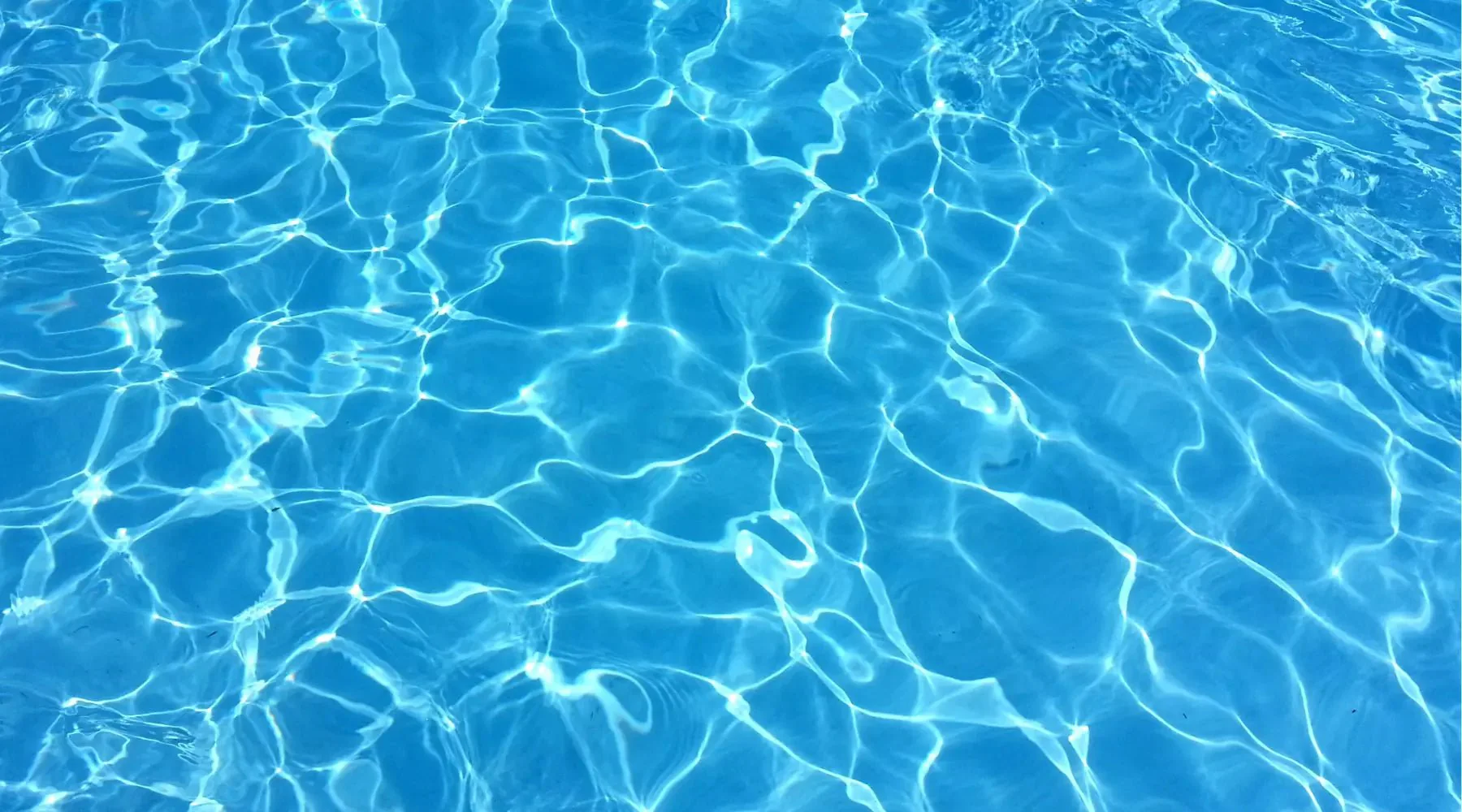It was a late start to pool season this year, thanks to a very cool and wet month of May (not that I’m complaining by any means). In most years, we try to have the pool open by Memorial Day weekend, but this year, we held off for another week, uncovering it on June 1. My first swim was yesterday (June 6), and the water temperature was still only 76°F. I used the tether, and picked up right where I left off last year, swimming 3 sets of 60 breaststroke, 60 front crawl, 60 butterfly, and 60 backstroke, for a total of 720 strokes. I’m going to try to swim more days than not this season, and we’ll see how that goes. I missed today because I was too busy vacuuming and cleaning the pool. The good news is, I think there is light at the end of the tunnel with regards to the massive chore that is spring pool opening.
This is our second year with a variable speed pump. Even running it 24/7, it uses less than half the electricity than our old 1hp single speed pump used running 12-14 hours/day. Most of last year, I ran the pump at 2600rpm in the morning, 1750rpm in the afternoon/evening, and 750rpm overnight. This year, at least for now, I’m running it at 1750rpm for 13 hours and 750rpm for 11 hours, with occasional “boosts” to 2600rpm to run the pool cleaner. With electricity getting more and more expensive, the VS pump has been a big win, but the trade-off is that the skimmers don’t work as well at the lower pump speeds. Last year, I found myself manually skimming the pool surface much more often. I’ve ordered a Betta SE Plus solar-powered skimmer robot, and am hoping it will help. Also, anecdotally, it seems to take more work to get the pool fully clean and clear during opening. The past two seasons, I’ve been vacuuming to waste, then running the Polaris to pick up the larger debris, and then vacuuming again to the filter to get the rest of the fine particulate crap up off the bottom. In prior years, the final vacuuming step was not needed. This may be more an issue with the Polaris not working as well as it should, though (long story that probably warrants a separate post).
My Autopilot salt chlorinator is acting as flaky as ever this season — a lot of the time it works fine, but often, I see intermittent “check/clean cell” and “low amps/cell” errors flashing on the display, with volt/amp readings all over the map when it is happening. At one point, I got the error condition to clear up by going into the maintenance menu and selecting “force reverse”. Last year, I had the same issue at one point, but it cleared up and the system ran flawlessly for most of the season. I am wondering if it is finally time to replace my salt cell, which is way past its prime. It has outlived the original DIG-220 control unit as well as the original tri-sensor. The cell has been in service since 2009! Its stated lifetime, per Autopilot, is 60,000 amp-hours, and it has about 43,000 amp-hours with the current controller, which I put in service in 2019. That’s about 7200 amp-hours per season over 6 seasons. Before 2019, it ran with the old controller for 10 seasons (2009-2018). If we assume similar usage over those 10 seasons (I never checked the amp-hour reading on the old controller), then the cell has seen about 7200*16 or 115,200 amp-hours of usage. That’s almost twice the expected lifetime!! I’ve had a new cell on hand for 5 or 6 years, and every year, I debate whether to put it in service, but the old one just seems to keep on going. Maybe the time has finally come to retire it.
In any case, I’m hoping that within a week or so, I’ll be spending more time swimming than I am maintaining the pool.
